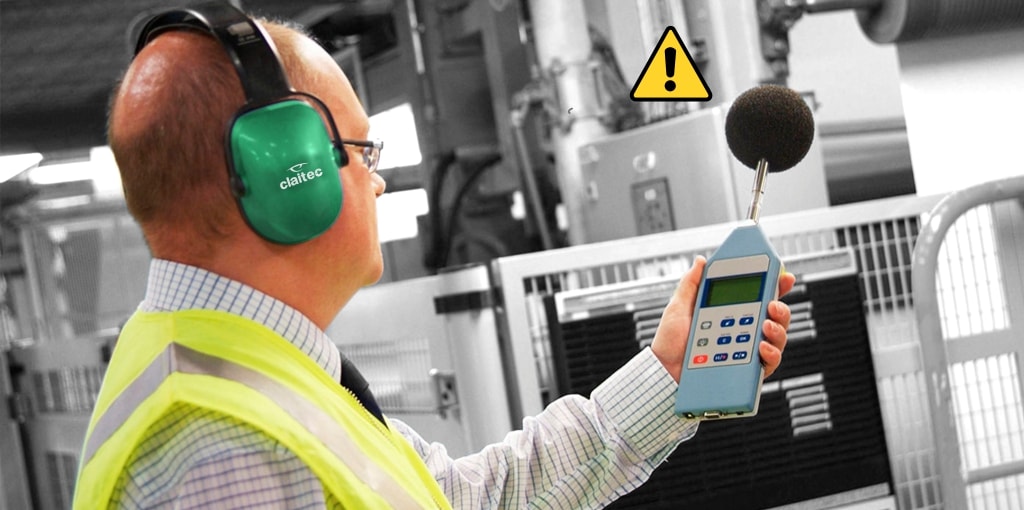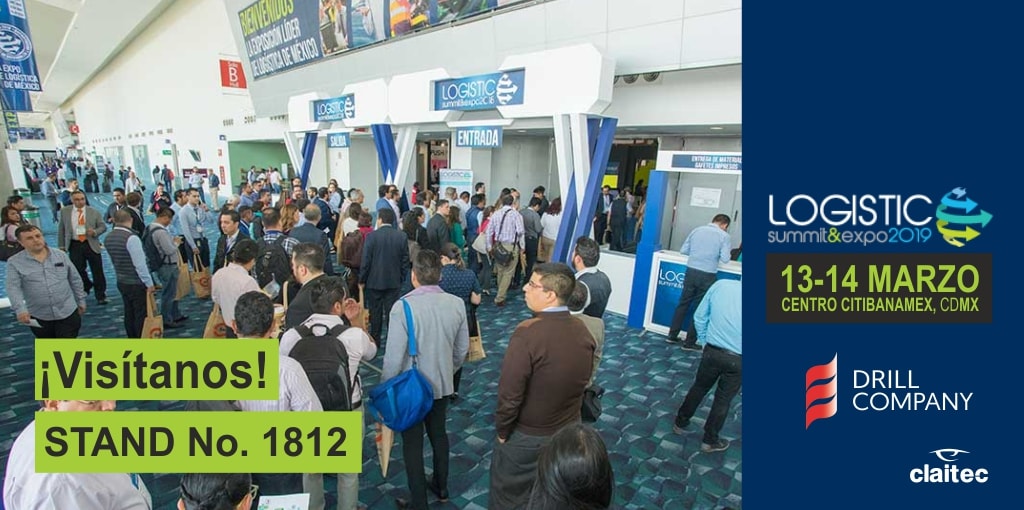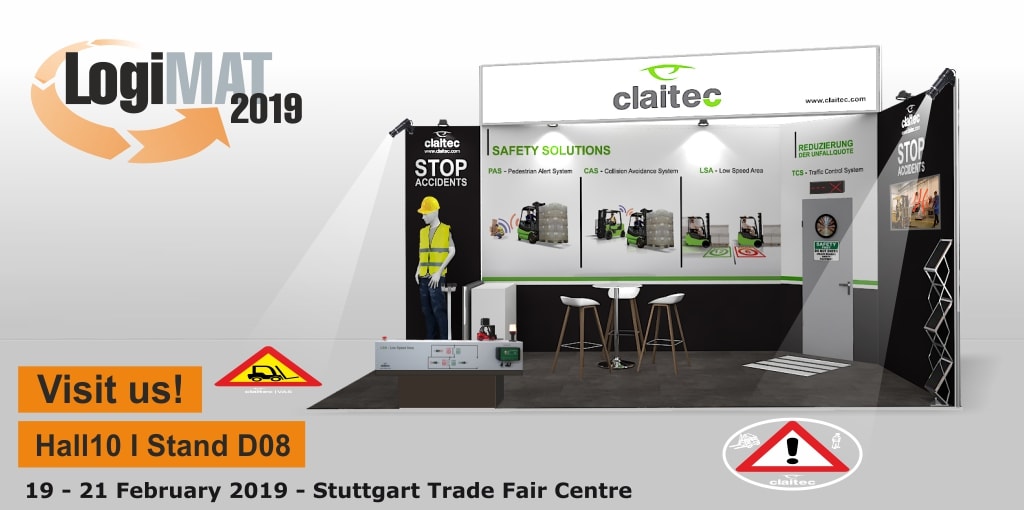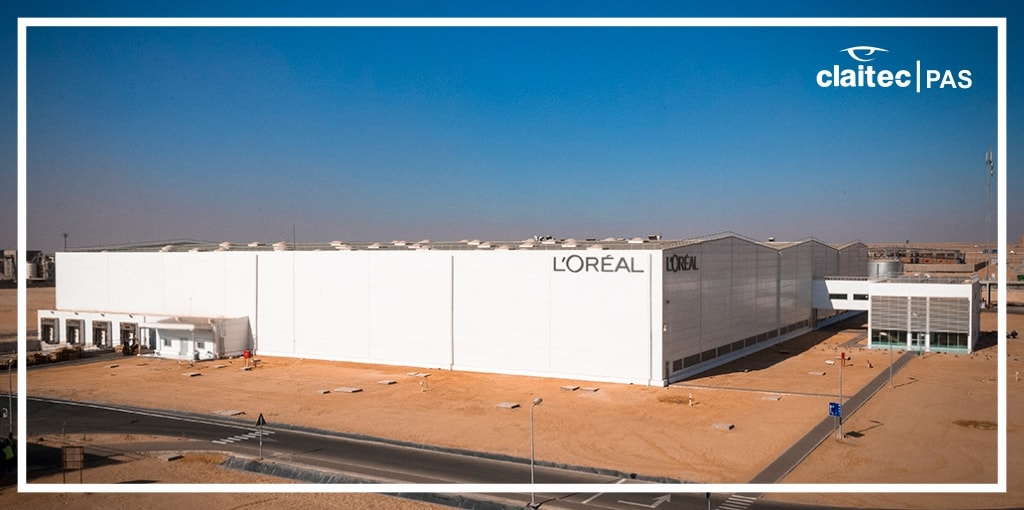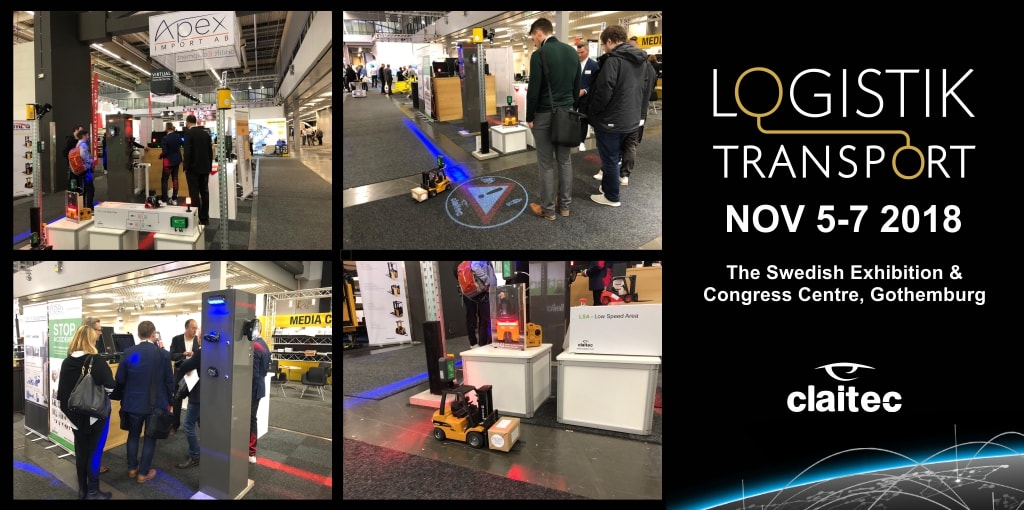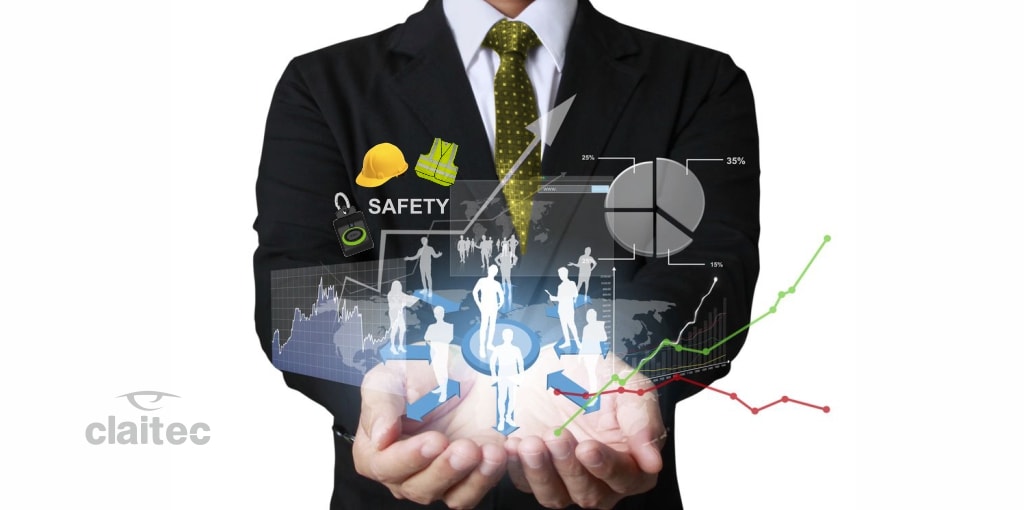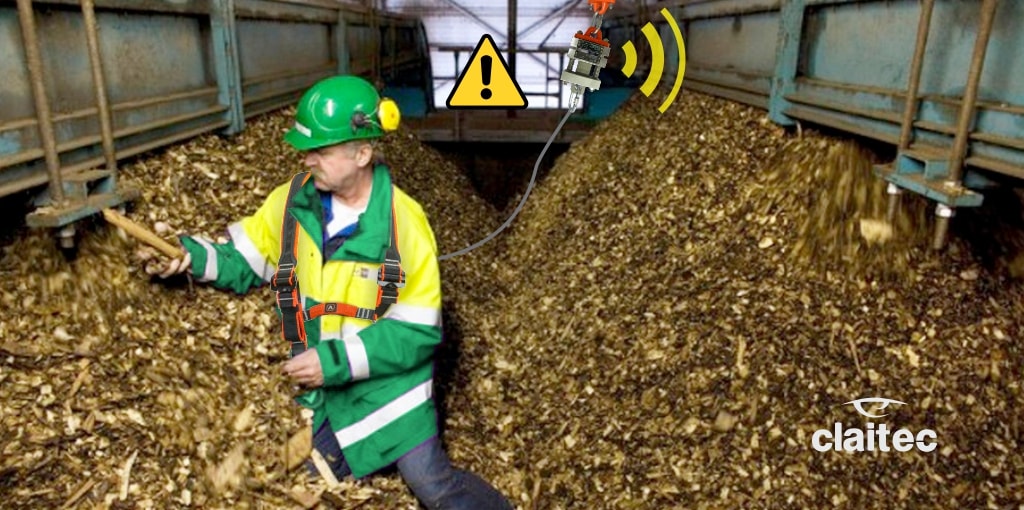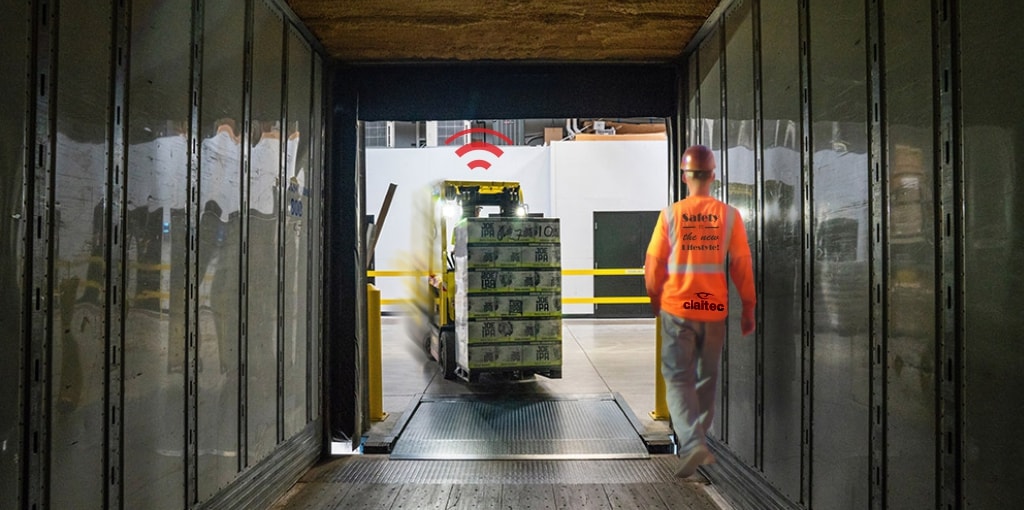Industrial vehicles/elevators and pedestrians coexist every day in our work spaces.
To minimise the potential risks that this coexistence brings about, we must rely on safety solutions that provide operators with the greatest possible guarantees and create an efficient and modern work space.
And that’s precisely our mission at Claitec.
Proof of it is the latest success story by one of our most renowned customers, Toyota.
The car manufacturing giant combined Claitec’s PAS and VAS Systems to solve a need developed by OEZ Letohrad of the Siemens group, which produces automatic compact switches for customers around the world.
In this case, Toyota evaluated the occupational safety threats present in the mentioned firm and offered a solution to avoid the risk of possible collisions between loading equipment and employees in unsafe places and areas with high volume of traffic, such as crossings and corridors.
The proposed solution consisted in combining a VAS (Visual Alert System) projector with the PAS technology.
The VAS solution is an innovative development designed to warn pedestrians and/or forklifts of potential risk situations by projecting signals on the ground.
While the PAS system warns drivers when a person is detected in distances of 1 to 6.5 meters. It’s a unique system capable of discriminating people and objects, and even detecting operators who are behind a wall or a shelf.
The solution generated for OEZ Letohrad consisted in projecting a warning image on the ground when a pedestrian arrives at a crossing and a dangerous situation is detected.
Similar to a traffic light, it warns about accessing the area and it indicates to the person arriving at that intersection that there is a forklift operating in his or her proximity and inviting them to be careful and act with caution.
The installed system can detect a forklift that is outside the circulating lane and invisible through the panoramic mirrors (which are often placed too high to be seen or not used by operators).
The projector, on the other hand, emits its signal directly on the ground making it a lot easier to be detected by drivers who, therefore are able to circulate more safely and more protected.
The company installed the devices in nine forklifts and placed 13 projectors in total, ensuring a total of twelve spots. The intervention was carried out in just a few days.
If you would like to have more information about these solutions or if you have any other questions, please don’t hesitate to contact us.
We are here to help!
